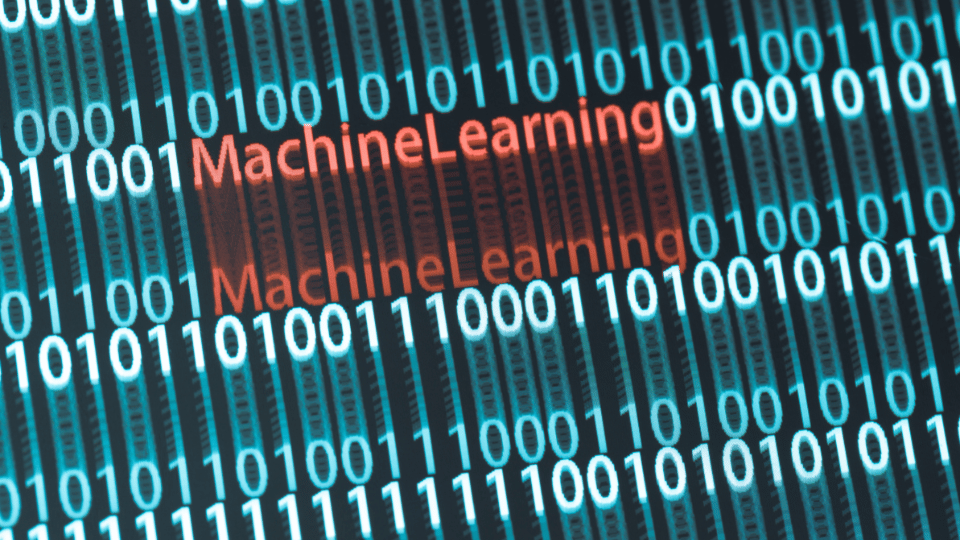In recent years, machine learning has emerged as a transformative force across various industries, reshaping how we interact with technology and data in the era of Industrial Revolution 4.0. This powerful subset of artificial intelligence enables systems to learn from data, identify patterns, and make decisions with minimal human intervention.

This ultimate guide provides a deep understanding of machine learning, covering its definition, basic principles, historical background, and the algorithms behind its functionality. We also examine real-world examples and the reasons for its increasing importance in today’s data-driven world, offering readers a balanced perspective on this rapidly evolving field.
Machine learning (ML) is a specialized branch of artificial intelligence (AI) that focuses on the development of algorithms and statistical models that enable computers to perform specific tasks without explicit instructions. Instead of being programmed to follow a set of rules, ML systems learn from data, identifying patterns and making decisions based on the information they process. This ability to learn autonomously allows machines to improve their performance over time, adapting to new data and changing environments, which is a significant departure from traditional programming methods. At its core, ML is about creating systems that can analyze vast amounts of data, extract meaningful insights, and make predictions or decisions based on that analysis.
Machine learning is a fascinating field that revolves around the concept of teaching computers to learn from data. At its core, this technology involves algorithms that analyze input data, identify patterns, and make predictions or decisions without being explicitly programmed for each task. This process is akin to how humans learn from experience, making machine learning a powerful tool in various applications. Understanding the basics of machine learning is essential for anyone looking to delve deeper into this transformative technology.
The history of machine learning is a fascinating journey that traces back to the mid-20th century. In the 1940s, researchers began experimenting with basic algorithms that could recognize patterns in data, laying the groundwork for the development of neural networks and pattern recognition techniques.
In 1959, Arthur Samuel, a pioneer in the field, coined the term “machine learning” and focused on creating algorithms that could learn from data and improve their performance over time. His work introduced the foundational concept of machines learning from experience rather than relying solely on pre-programmed instructions.
This early foundation paved the way for a major shift in the late 1970s and early 1980s when artificial intelligence research moved away from purely logical, knowledge-based approaches to more algorithmic, data-driven methods. This transition was a significant turning point, enabling the creation of more sophisticated machine learning models capable of handling complex datasets and making accurate predictions.
Machine learning works by feeding an algorithm with training data, which acts as the foundation for its learning. This data can be either labeled (known) or unlabeled (unknown). The algorithm studies the data, looking for patterns and connections that may not be obvious at first.

As it processes more data, the algorithm “learns” by improving its ability to recognize these patterns, allowing it to make predictions or decisions when faced with new data. This iterative process helps machine learning systems get better over time, adapting to new information and becoming more accurate with each round of learning.
Machine learning algorithms can be categorized into four main types: supervised, semi-supervised, unsupervised, and reinforcement learning.
Supervised learning algorithms such as linear regression and decision trees, involves training a model on labeled datasets, where the desired output is known, allowing the algorithm to learn the relationship between input and output.
In contrast, unsupervised learning algorithms, like clustering techniques, work with unlabeled data to identify patterns and groupings on its own. Reinforcement learning, on the other hand, is a dynamic approach where an agent learns to make decisions by receiving feedback from its environment, optimizing its actions over time.
Among the most popular algorithms are linear regression, logistic regression, decision trees, and support vector machines (SVM). Linear regression is widely used for predicting continuous outcomes, while logistic regression is effective for binary classification tasks. Decision trees provide a visual representation of decision-making processes, making them intuitive and easy to interpret. SVMs are powerful for classification tasks, particularly in high-dimensional spaces.
Each algorithm has its strengths and weaknesses, making it essential for practitioners to choose the right one based on the specific problem at hand. Understanding these algorithms is crucial for leveraging machine learning effectively in various applications.
Social media platforms utilize ML algorithms to curate personalized content feeds, ensuring users engage with relevant posts, while news organizations employ similar techniques to tailor articles to individual interests. These applications not only improve user engagement but also drive revenue through targeted advertising and increased customer loyalty.

In healthcare, ML algorithms assist in diagnosing diseases by analyzing medical images and patient data, leading to more accurate and timely treatments. The finance sector leverages ML for fraud detection, using algorithms to identify unusual transaction patterns that may indicate fraudulent activity. Additionally, in transportation, ML powers autonomous vehicles, enabling them to learn from their surroundings and make real-time decisions.
In an era where data generation is at an all-time high, organizations are leveraging machine learning to make sense of this information, enabling them to identify trends in customer behavior and operational patterns. This capability not only enhances decision-making processes but also optimizes resource allocation, allowing businesses to operate more efficiently and effectively.
Moreover, ML models are instrumental in improving security measures, as they can quickly validate identities and reduce instances of fraud, thereby safeguarding valuable data against cyber threats.
Besides that, it also plays a critical role in driving innovation across various industries. By automating routine tasks and providing predictive analytics, machine learning empowers organizations to focus on strategic initiatives that foster growth and development.
In conclusion, machine learning is a transformative force, revolutionizing industries such as healthcare, finance, and marketing by analyzing vast data for actionable insights. While the benefits are substantial, challenges such as ethics, data privacy, and potential bias must be addressed. A balanced approach that emphasizes innovation and responsibility will be crucial as we harness machine learning’s potential. With ongoing advancements, the future of machine learning is promising, and understanding its principles and implications will ensure it drives positive change while upholding societal values.